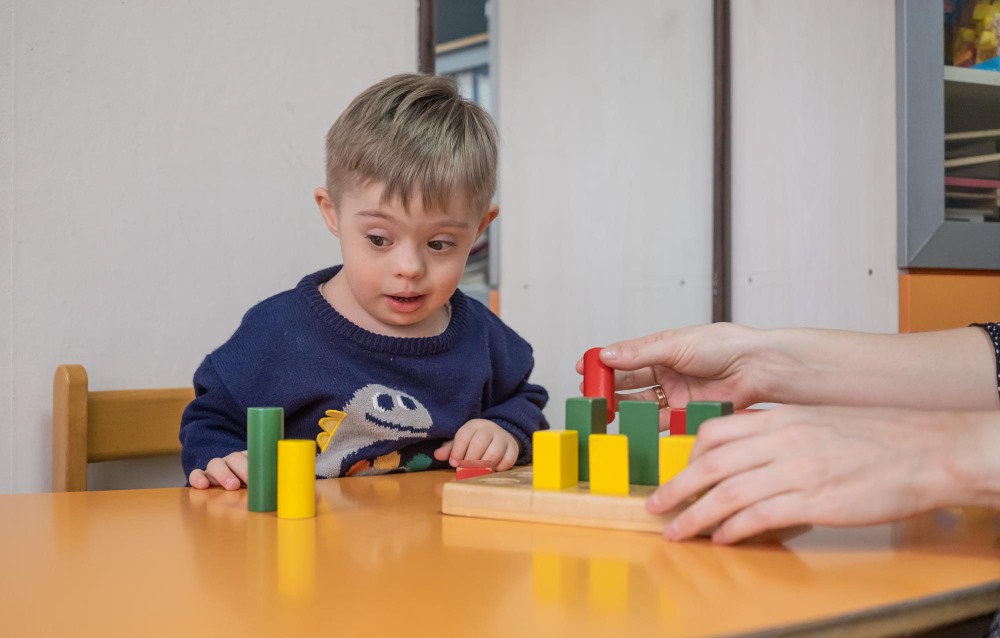The number of children with autism has risen dramatically in recent years. In a new book, Richard Lathe argues that pollution and environmental causes may be to blame Autistic Spectrum Disorders used to be identified in a few children in every 10,000: it now affects as much as 1 per cent of the population. Part of this rise is certainly due to a broader definition and increased diagnosis, but some experts are convinced that there has also been a real rise. Lathe is one, and he believes that this is in part due to an increase in environmental toxins, pesticides, PCBs (from plastics) and particularly heavy metals including mercury and lead (both known neurotoxins).
Lathe argues that many cases of autism could be caused by a genetically determined frailty in the body’s biochemistry that makes it less able to deal with particular pollutants. So when the individual is exposed to toxins their bodies cannot cope. If exposure is at a vulnerable stage of development (foetal, neonatal or at significant points in brain development) the toxins may cause damage to key areas of the brain. People with autism have a diverse set of physiological impairments such as hormone imbalances, gut problems and immune system deficiencies in addition to their psychological and cognitive difficulties. It is well established that exposure to certain toxins can cause brain damage and that brain damage can lead to autistic symptoms.
What is more, the limbic brain is known not only to affect emotions and behaviour, but also to play a major role in regulating the body’s physiology. So the initial brain damage may go on to cause further physical problems, which, in a vicious cycle, could in turn cause yet more damage to the brain. Autism is not a single disorder. It is defined only by a collection of behaviours that could have multiple causes. This would also explain why autism research often produces contradictory results. If we could reduce toxins in our environment we might bring down the number of cases of autism.
Parents of autistic children can do the following:
- Reduce as much as possible your child’s exposure to pollution and toxic chemicals. Levels that may not affect the child next door may still affect and autistic child.
- Filter tap water through activated charcoal to remove pollutants.
- Eat organic.
- Try to avoid heavy metal intake. Limit seafood, which can be high in heavy metals – particularly swordfish and tuna.
- Keep a close eye on your child’s physical wellbeing, especially if he or she cannot effectively communicate.
- Unrecognised pain can lead to extreme problems that may be connected to autism.
Be aware that your child may have gastrointestinal problems (diarrhoea, constipation, pain). If so, get the child treated. GI abnormalities may play a causal role (through neurological and biochemical connections with the brain).
- Try to limit social and psychological stress; stress chemicals can also induce limbic brain damage.
- Gluten and/or casein free diets may help.
- Consider nutritional supplements – folic acid, selenium, B vitamins, vitamin C etc.
- Encourage proper recycling. Dumping of electrical goods and other rubbish helps to poison groundwater.
If your child is shown to have excess levels of heavy metals consider chelation (the removal of metals from the body by binding to other chemicals) but do this with only reliable evidence that it is necessary and under proper supervision.


